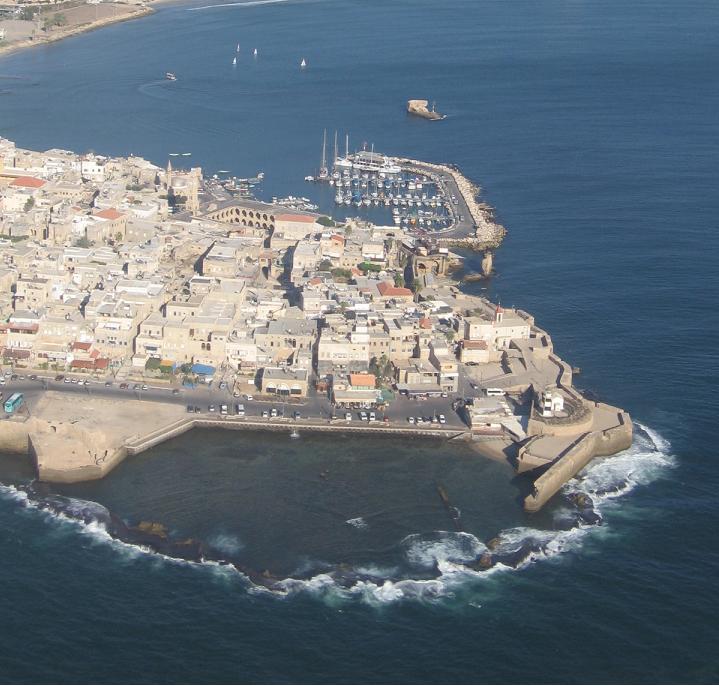Pictures | What are the cities of Palestine?
Cities under the Palestinian National Authority

1- Khan Yunis (269,601 people)
2- North Gaza (265,932 people)
3- Deir Al-Balah (201,112 people)
4- Rafah (165,240 people)
5- Gaza City (487,904 people)
6- Hebron (524,510 people)
7- Bethlehem (174,654 people)
8- Jerusalem (398,333 people) a
9- Raiha (92,368 people)
10- Ramallah and Al-Bireh 480,508 breezes
11- Salfit: 59,570 people
12- Qalqilya 115,212 people -
13- Nablus: 410,873 people
14- Tulkarm: 160,983 people
15- Tubas 85,869 people
16- Jenin 380,218 people
Cities of Occupied Palestine (under Israeli occupation)
1- Lod (not Lod) 67,700 inhabitants
2- Nahariya (51,300 people
3- Nashir, 21,500 people
4- Al-Tira 18,800 people
5- Tiberias 41,300 inhabitants
6- Jaffa (not Tel Aviv): 404,000 people
7- Sderot of 24,000 people
8- Safad, 30,100 people a
9- Ramla, 65,700 people
10- Nazareth: 40,700 inhabitants
11- Jerusalem 770,000 people
12- Haifa: 268,900 people
13- Umm al-Rashrash (not Eilat), 47,900 people
14- Dimona: It is the third largest city in the Negev, south of occupied Palestine . The city is located 36 km south of Beersheba and 35 km west of the Dead Sea, and it rises about 600 meters above sea level. The city of Dimona was established in 1955 when 36 Jewish immigrant families from North Africa settled in it. Its population gradually increased after Jewish immigrants from the Soviet Union and other countries settled in it, including the Dimona nuclear reactor.

15- Beersheba (not Beersheva): It is one of the largest and oldest cities in historic Palestine, located 71 km southwest of Jerusalem. It is the largest city in the desert Negev region. The overwhelming majority of the city's residents are Jews, after the displacement of most of its Arab residents in the 1948 war. However, many residents of the neighboring Bedouin villages pass through it every day as it was a regional center for them. Among the most important landmarks of the city: Tell Beersheba (Tell Abu Mahfouz), the ruins of the old city - Bir Ibrahim - the Bedouin market (the market used by the inhabitants of the Bedouin villages) nearby - the Great Mosque (built by the Ottomans in 1906 and was a chapel until 1948, and in 1953 it began to be used as a museum of history. The city, and the building was closed recently for fear of its collapse) - Al Saraya (the Ottoman Ruler's House) - the Ottoman Train Station - the British Military Cemetery (the graves of British soldiers) - The Beer Sheva Theater (built in 1973 and includes a troupe of actors and a band) - Ben Gurion University In the Negev (formerly Beer Sheva University).
16- Ashkelon (not Ashkelon): It is located 65 km west of Jerusalem. The Canaanites founded the city in the third millennium BC, and it was one of the Palestinian ports on the Mediterranean coast. It is located to the northeast of Gaza, 25 km away from it, close to the beach on the road between Gaza and Jaffa. Today, Jews make up the majority of the city's population, after its Arab population was displaced in the 1948 war, many of whom moved to the Gaza Strip. After their occupation of the city in November 1948, the armed Jewish organizations demolished it, and the occupation established the city of Ashkelon on its lands. The Great Mosque is considered one of the most prominent monuments of Ashkelon (or al-Majdal), as it was built by Sayf al-Din Salar, one of the Mamluk princes in 1300.

17- Ashdod: It is a coastal city located on the Mediterranean Sea, built by the Canaanites who inhabited historical Palestine around 3000 BC. The city is considered the sixth largest in terms of population, its port is the most important in occupied Palestine, which represents 60% of the imported goods in the country, and it is an important regional industrial center. The city is located between Jaffa to the north, 32 km, Ashkelon, to the south, 20 km, and Jerusalem, 53 km, to the east. As a result of the 1948 war, most of its Arab residents emigrated to Gaza and elsewhere. Ashdod today is home to the largest Moroccan Jewish community, the largest Jewish community to read, and the largest Georgian Jewish community in the world.

18- Acre: It is located on the eastern coast of the Mediterranean Sea. Away from Jerusalem, about 181 km to the north-west. The city was founded in the third millennium BC by the Canaanites (the Gershines), who made it a commercial center and called it (Akko), meaning the hot sand. After that, it became part of the state of the Phoenicians, and then was occupied by many invaders, such as the Greeks, Romans, Persians, and the Crusader Franks. Arab Muslims entered Acre in 636 AD / 16 AH under the leadership of Sharhabeel bin Hasna. In the year 20 AH, in which Muawiyah bin Abi Sufyan established a house for shipbuilding, from which the first foray of the island of Cyprus was launched in the year 28 AH. And events followed it throughout history, and one of its most famous rulers was Ahmed Pasha al-Jazzar. Its glory reached its climax in 1799 AD when Napoleon's advance to it after he had occupied Egypt and the coast of Palestine, and besieged it for a long time, but he failed to occupy it thanks to the steadfastness of Ahmed Pasha al-Jazzar, then Napoleon's dreams of seizing the east and withdrawing his armies vanished.
In the 1948 war, the Jewish organizations occupied it after several massacres in the city and its villages to terrorize the Arab population and expel most of them. After the Nakba, the municipality implemented several practices that perpetuated racism in the city, such as preventing the restoration of Arab homes, targeting places of worship, in addition to changing the Arab names of streets and neighborhoods with Hebrew ones.

Arabia Weather App
Download the app to receive weather notifications and more..




